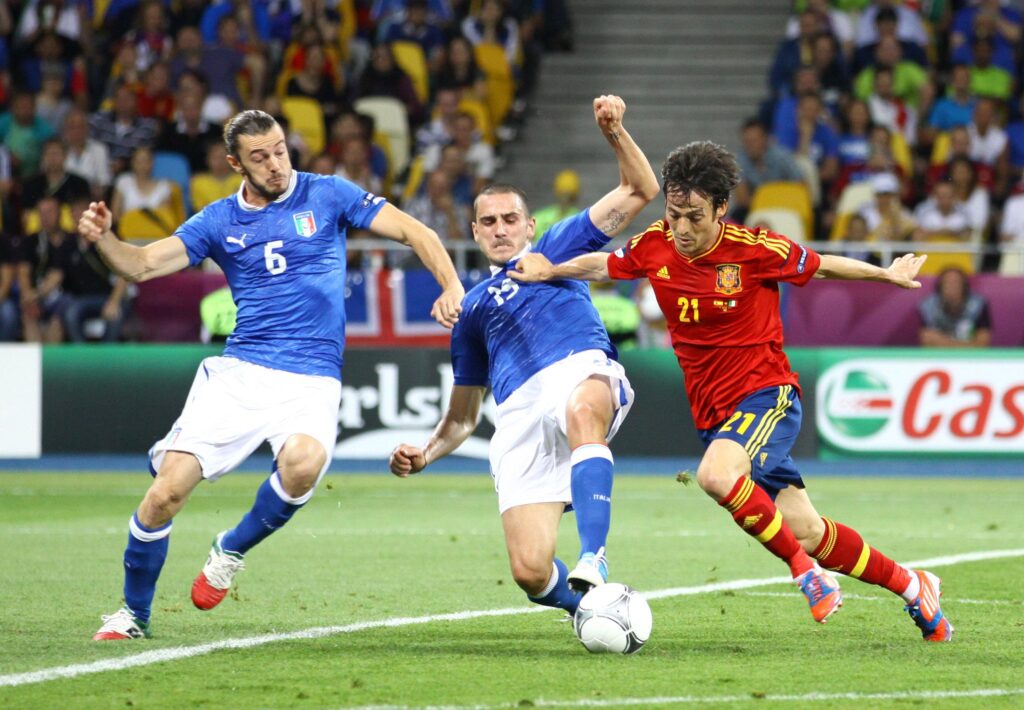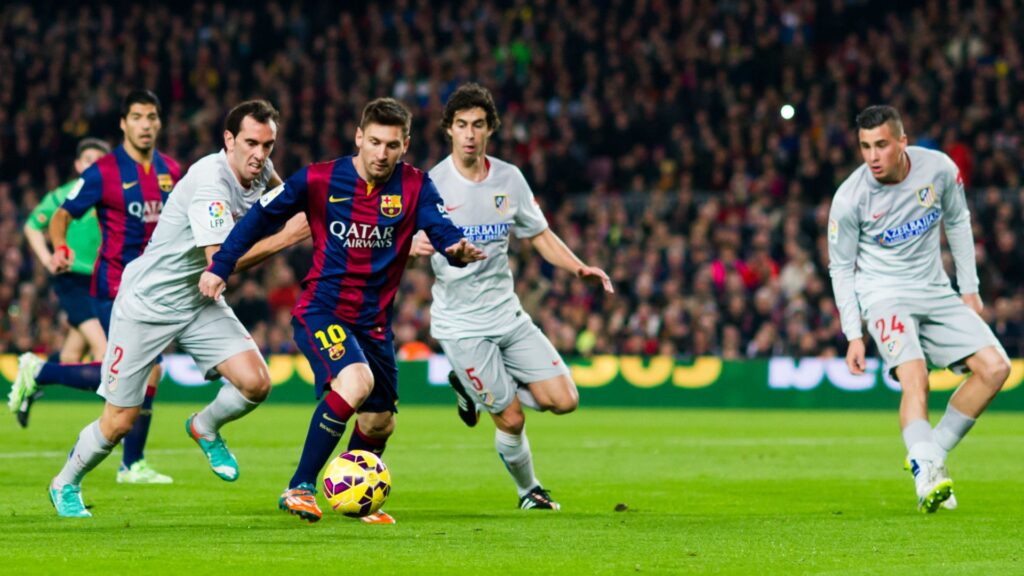In the dynamic world of soccer, each position plays a pivotal role in the team’s overall strategy and success. Among these, the forward’s role stands out for its direct impact on the scoreboard. Understanding what does a forward do in soccer provides insight into the game’s offensive dynamics and the qualities that make a striker genuinely effective.
A forward’s primary duty is to score goals and create scoring opportunities for the team. This objective may seem straightforward, but it encompasses a range of skills, instincts, and tactical awareness that distinguishes top forwards from the rest. They spearhead the team’s attack, constantly probing the opposition’s defence for weaknesses and opportunities to strike.
Also Read: https://megadportevents.com/average-corner-kicks-in-a-soccer-game/
The Multidimensional Role of a Forward
What does a forward do in soccer beyond scoring goals? Their responsibilities include:
- Holding up the ball.
- Making intelligent runs to create space.
- Linking up play with midfielders and wingers.
Forwards must possess a blend of physical strength to withstand challenges from defenders, speed to outrun the opposition, and technical skills to control the ball under pressure and finish clinically.
Forwards are often the focal point of the team’s attacking strategy. Their movement off the ball is crucial in pulling defenders out of position and opening up channels for teammates to exploit. This requires a deep understanding of the game, including when to make runs behind the defence, drop deeper to collect the ball, and press the opposition’s defenders.

Mastering the Art of Goal Scoring
At the heart of what a forward does in soccer is the art of goal-scoring. This involves not just physical ability but also a mental edge. Great forwards have an instinct for anticipating where the ball will be, often making split-second decisions that lead to goals. They must be adept at various finishes, from powerful shots outside the box to delicate chips and headers.
Also Read: https://megadportevents.com/best-centre-forward-in-the-world/
The psychological aspect of what does a forward do in soccer cannot be underestimated. Forwards must maintain confidence and composure, especially in high-pressure situations such as one-on-one encounters with the goalkeeper or taking penalty kicks. The best forwards can shake off missed opportunities and remain focused on the next chance.
The Evolution of the Forward’s Role
The role of the forward has evolved significantly over the years. Traditional centre-forwards, who relied primarily on their physical presence and aerial prowess, have made way for more versatile strikers and false nines, who drop deeper into midfield areas to participate in the build-up play. This evolution reflects the increasing tactical sophistication of soccer, where flexibility and the ability to perform multiple roles on the field are highly valued.
Also Read: https://megadportevents.com/role-of-number-10-in-football/
In modern soccer, what a forward does involves a significant defensive contribution. Pressing from the front has become a key tactic for many teams, with forwards expected to initiate the press by putting pressure on opposing defenders and goalkeepers, forcing them into mistakes.

Conclusion: The Impactful Presence of a Forward
In dissecting what does a forward do in soccer, it’s clear that their role is both critical and multifaceted. They are not just goal scorers but key players in the team’s offensive and defensive strategies. The best forwards blend physical prowess with technical skill, tactical intelligence, and mental fortitude, making them invaluable to their teams.
As the game evolves, so will the forward’s role, adapting to new tactics and technologies. Yet, the fundamental essence of what a forward does in soccer – to inspire, excite, and ultimately find the back of the net – remains unchanged, a testament to the timeless nature of the beautiful game.





